![]() December 19, 2023
December 19, 2023
![]() 418
418
![]() 0
0
Magnetism, a natural phenomenon that has intrigued mankind since ancient times, is a vital element in many modern technologies and applications. This chapter delves deep into the mysterious world of magnets, their discovery, and their varied uses. From the basic principles of magnetic effects on electric current to their application in medicine and everyday life, the nuances of magnetism are meticulously dissected to provide a comprehensive understanding.




 Poles of a Magnet: Patterns and Shapes
Poles of a Magnet: Patterns and Shapes

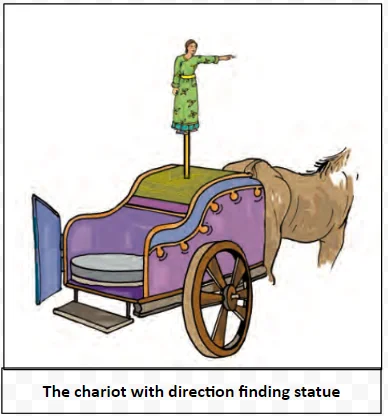



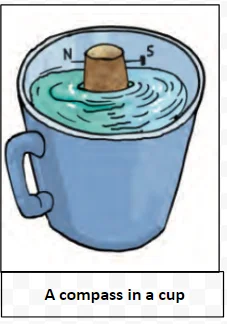
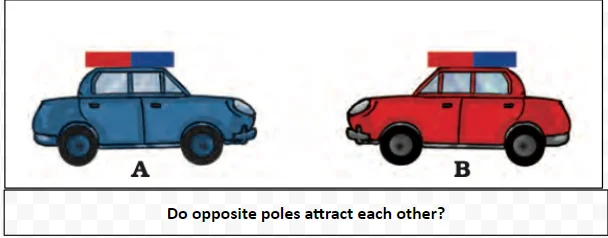
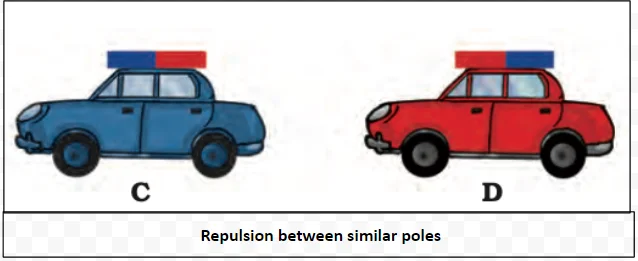
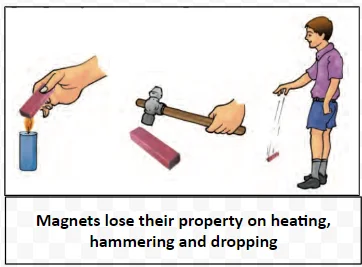

<div class="new-fform">
</div>

Latest Comments